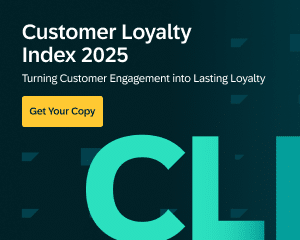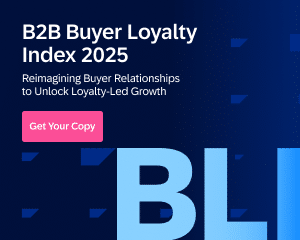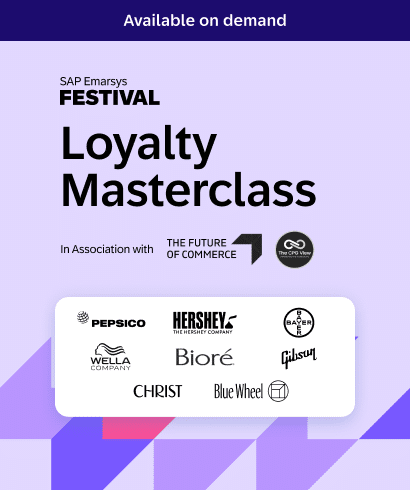Picture this: A potential customer discovers your brand through an Instagram story, saves a product to their wishlist on mobile during lunch, then walks into your store three days later to make the purchase. Sounds like a marketing win, right?
Not if each of those touchpoints felt completely disconnected.
Here’s the reality – your customers are already living omnichannel lives. They’re bouncing between social media, email, your website, and physical locations without thinking twice about it. But when their experience feels fragmented or impersonal at any step? They’ll find a brand that gets it right.
The good news is that creating seamless, connected experiences isn’t just possible – it’s becoming the standard for brands that want to thrive. A data-driven omnichannel approach isn’t just nice to have anymore; it’s essential for building trust, driving growth, and keeping customers coming back.
Ready to turn those scattered touchpoints into a cohesive journey that actually works? Let’s dive into how you can map, optimize, and scale customer experiences that deliver real results.
Why the Customer Journey Framework Matters
Think of your customer journey as five connected stages, each with its own purpose but all working together toward one goal: turning strangers into advocates.
Discover → Consider → Convert → Retain → Grow
Simple enough, right? But here’s where it gets interesting – and why this matters more than ever.
According to our SAP Emarsys Customer Loyalty Index 2024, 52% of consumers have switched brands due to a bad experience, and 57% jumped ship because of cost issues. That’s more than half your potential customers ready to walk away over fixable problems.
On top of that, our 2025 Global Consumer Products Engagement Report revealed that less than half (45%) of consumers actively recommend their favorite brands. Even your satisfied customers might not be singing your praises.
What does this tell us? Customers want real connections, not just transactions. They’re looking for brands that understand their needs, anticipate their next move, and make every interaction feel worthwhile. Get this right, and you’ll transform one-time shoppers into repeat, loyal brand advocates.
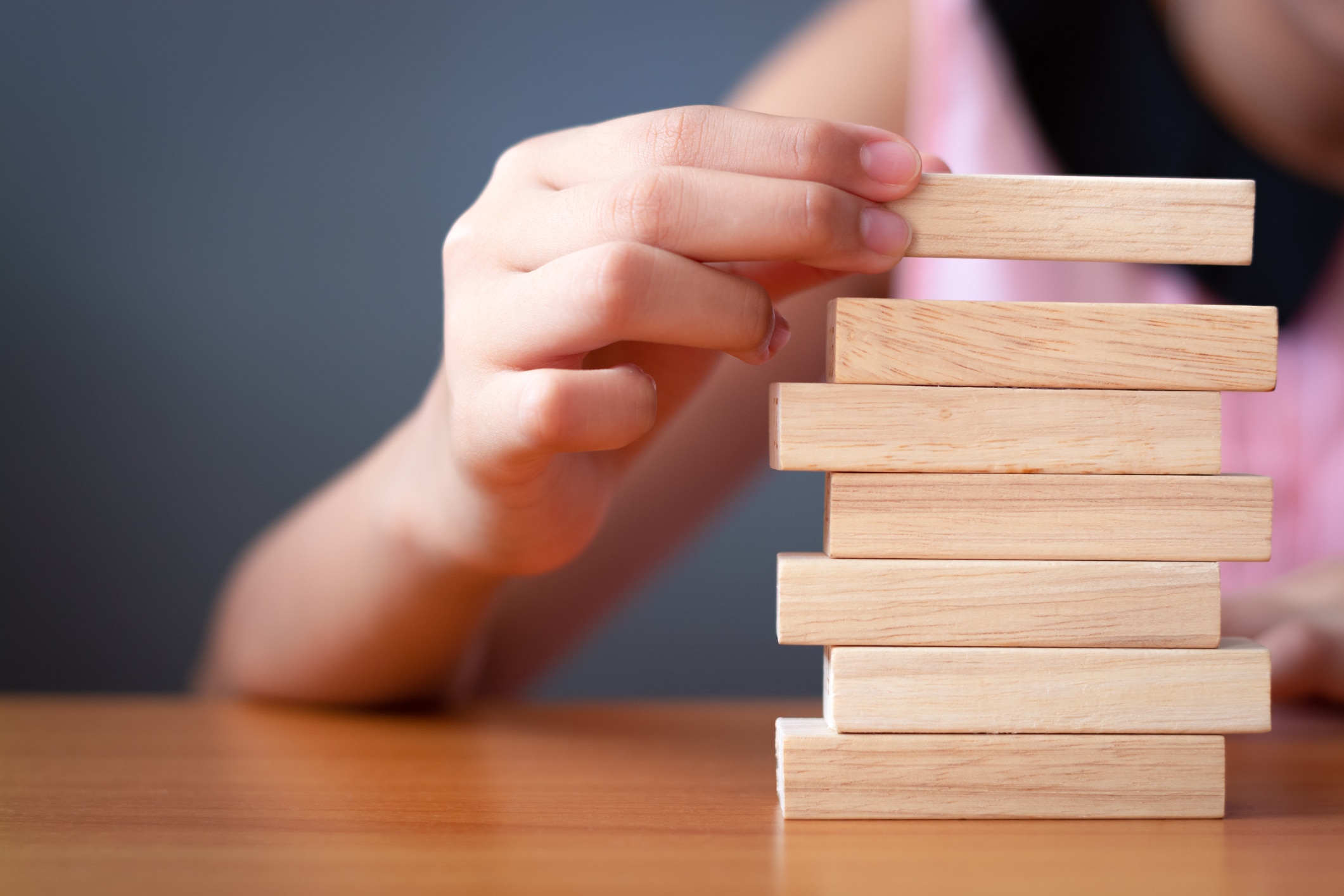
Your Stage-by-Stage Playbook for Customer Journey Success
Let’s break down each stage with actionable strategies you can start implementing today. Remember, the magic happens when these stages work together, not in isolation.
1. Discovery: Building Predictable Audience Growth
The most successful marketing leaders are building sustainable audience acquisition that compounds over time, reducing dependence on expensive paid media. Instead of just optimizing ad spend, they’re creating content and community strategies that generate long-term returns through owned audience development.
Here’s what to implement now:
- Content-driven acquisition strategy: Instead of purely promotional content, create educational resources that solve real problems for your target audience. Map these resources to specific buyer personas and track which content types generate the highest-quality leads.
- First-party data capture: Build progressive profiling into every touchpoint. Start with email capture, then layer in preferences, purchase intent, and behavioral data over time. The goal is building rich customer profiles that enable personalization at scale.
- Lookalike audience expansion: Use your highest-value customers as the foundation for lookalike audiences across paid channels. Regularly refresh these audiences based on actual purchase behavior and lifetime value, not just initial conversion.
- Key implementation metrics: Cost per acquisition by channel, audience growth rate, quality scoring based on downstream conversion.
- Organizational requirement: Align content, paid media, and demand generation teams around unified audience development goals, not individual channel metrics.
Example: A sustainable skincare brand partners with micro-influencers to share genuine “day in my routine” content on TikTok. Instead of pushing product features, they focus on the lifestyle and values their audience cares about. New viewers click through to find an exclusive “Getting Started with Clean Beauty” guide – not a hard sell, but valuable content that builds trust.
2. Consideration: Accelerating Purchase Confidence
Your goal here is reducing decision-making friction and positioning your brand as the obvious choice for qualified prospects. The most effective marketing teams focus on removing barriers to purchase confidence rather than just generating more top-of-funnel traffic.
Here’s what to implement now:
- Behavioral trigger sequences: Set up automated email and SMS sequences based on specific site behaviors. Each sequence should address the specific questions or concerns implied by that behavior.
- Dynamic social proof: Implement review and testimonial systems that display relevant social proof based on visitor characteristics.
- Sales and marketing alignment: Create a formal lead scoring system that marketing and sales teams both trust. Include behavioral indicators (content engagement, site time) alongside demographic data to prioritize follow-up efforts.
- Key implementation metrics: Time from first touch to purchase decision, lead-to-opportunity conversion rates, sales cycle velocity
- Organizational requirement: Weekly alignment meetings between marketing and sales to review lead quality and optimize handoff processes.
Example: A home office retailer notices visitors repeatedly viewing desk-and-chair combinations but not purchasing. Instead of sending generic promotional emails, they trigger a personalized sequence featuring a curated selection of their most popular combinations, complete with setup videos from real customers and a simple comparison chart.
3. Conversion: Maximizing Revenue per Customer
Smart marketers focus on capturing maximum value from each customer interaction while reducing overall acquisition costs. While most teams optimize for conversion rates, the real opportunity lies in building systems that identify and act on the highest-value opportunities in real-time.
Here’s what to implement now:
- Intelligent cart abandonment: Move beyond generic discount offers to personalized recovery strategies. Use browsing history and past purchase behavior to recommend alternatives, highlight scarcity, or offer relevant add-ons.
- Predictive upselling: Implement AI-driven product recommendations that suggest complementary items based on what similar customers actually purchased together, not just category-based suggestions.
- Payment and fulfillment optimization: Test multiple payment options, express checkout flows, and shipping options. Small friction points at checkout can dramatically impact conversion rates.
- Key implementation metrics: Conversion rate by traffic source, average order value trends, cart abandonment recovery rates
- Organizational requirement: Regular cross-team analysis of conversion funnel data to identify and eliminate friction points.
Example: An electronics retailer notices high cart abandonment on premium headphones. Instead of immediately offering a discount, they send a “second look” email within 24 hours highlighting extended warranty options or free expedited shipping, adding value rather than reducing price.
4. Retention: Building Customer Lifetime Value
The retention stage is where marketing leaders build sustainable competitive advantages by increasing purchase frequency and preventing churn before it happens. Leading brands use predictive analytics and proactive engagement to turn one-time buyers into loyal, high-value customers.
Here’s what to implement now:
- Proactive lifecycle management: Segment customers based on purchase recency and frequency, then create automated sequences to re-engage at-risk segments before they churn. Use purchase history to predict optimal timing for replenishment or upgrade offers.
- Value-driven loyalty programs: Move beyond points-based systems to programs that deliver genuine value – exclusive content, early access, community features, or personalized services that become more valuable over time.
- Customer feedback loops: Implement systematic feedback collection at key moments in the customer lifecycle. Use this data to improve products and services, but also to identify and address individual customer concerns before they lead to churn.
- Key implementation metrics: Repeat purchase rates by cohort, customer lifetime value trends, churn rate by acquisition channel
- Organizational requirement: Customer success and marketing teams need shared visibility into customer health scores and coordinated intervention strategies.
Example: A wellness subscription box sends a quick satisfaction survey after each shipment. When someone rates their experience below expectations, they immediately receive a personal follow-up from the customer success team – not a generic response, but a real conversation about how to improve their next box.
5. Growth: Turning Customers into Growth Engines
The most sophisticated marketing organizations generate sustainable growth through customer advocacy and expansion revenue. Your best customers become unpaid acquisition channels while also contributing increasing revenue through cross-sells, upsells, and referrals.
Here’s what to implement now:
- Strategic referral programs: Design referral incentives that appeal to your best customers, not just any customers. Offer rewards that align with their values and motivations, whether that’s exclusive access, charitable donations, or premium products.
- Community building: Create spaces where your customers can connect with each other around shared interests or challenges. This builds switching costs while generating valuable customer insights and user-generated content.
- Account expansion strategies: For existing customers, use purchase history and engagement data to identify cross-sell and upsell opportunities. Time these offers based on usage patterns and satisfaction indicators, not arbitrary promotional calendars.
- Key implementation metrics: Referral-driven revenue, customer expansion revenue, Net Promoter Score trends
- Organizational requirement: Product, marketing, and customer success teams collaborate on expansion strategies based on actual customer usage and satisfaction data.
Example: An athletic wear brand creates a “Founding Members” tier for their most loyal customers, offering early access to limited releases, virtual workout sessions with brand ambassadors, and the opportunity to influence new product development through exclusive surveys and focus groups.
The Implementation Prioritization Framework
Every marketing leader faces the same dilemma: your CEO wants results this quarter, but building true customer journey orchestration takes time. You need quick wins to prove the value of your strategy while laying the foundation for sustainable competitive advantages.
The temptation is to tackle everything at once, but that leads to half-implemented systems and frustrated teams. Instead, use this phased approach to sequence your efforts for maximum impact:
Phase 1: Foundation (0-90 days)
Your goal: Quick wins that generate immediate ROI and build momentum.
- Implement basic cart abandonment sequences with personalized messaging.
- Set up behavioral email triggers for key site actions.
- Create a unified reporting dashboard across all customer touchpoints.
Why start here: These changes require minimal technical resources but generate immediate revenue impact while building the data foundation for more sophisticated optimization.
Phase 2: Integration (3-9 months)
Your goal: Connect systems and create seamless cross-channel experiences.
- Integrate customer data across all touchpoints for unified customer view.
- Build predictive models for churn prevention and upsell opportunities.
- Create cross-channel messaging sequences based on customer lifecycle stage.
- Implement advanced segmentation based on behavioral and value indicators.
Why this timing: Once foundational systems are generating data, you can build more sophisticated automation and personalization capabilities.
Phase 3: Optimization (9-18 months)
Your goal: Advanced personalization and predictive customer management.
- Deploy AI-powered product recommendations and dynamic content.
- Build comprehensive customer lifetime value prediction models.
- Create advanced loyalty and advocacy programs based on customer value.
- Implement real-time personalization across all customer touchpoints.
Why this sequence: Advanced personalization requires rich customer data and sophisticated segmentation, which you’ll have built in earlier phases.
The complexity of implementing this phased approach is exactly why many marketing teams struggle to move beyond basic automation. SAP Emarsys streamlines this entire process by providing AI-powered tools that predict, automate, and personalize every customer interaction from a single platform. Instead of stitching together multiple point solutions, you get unified customer data, AI-driven segmentation, and cross-channel orchestration that can accelerate your timeline from 18 months to 6-9 months for full implementation.
Ready to see how this could work for your organization? Schedule a demo to explore how SAP Emarsys can accelerate your customer journey orchestration strategy.
Real-World Success Stories
See how leading brands are turning fragmented experiences into connected customer journeys and driving measurable growth with SAP Emarsys.
Hobbii: From newsletter overload to lifecycle personalization

Hobbii is Denmark’s fastest-growing eCommerce brand, offering yarn and crafting supplies to a global customer base. Known for its passionate community of knitters and crocheters, Hobbii operates both D2C and B2B, with customers subscribing to both promotional and content-driven communications.
Challenge: Hobbii relied heavily on sales-driven newsletters to drive revenue. However, this “one-size-fits-all” approach led to fatigue and diminishing returns. Without dynamic segmentation or behavior-based targeting, it was difficult to identify individual interests or guide customers through a structured digital journey.
Solution: Using SAP Emarsys, Hobbii shifted to a lifecycle-based marketing strategy. By mapping customer behaviors such as pattern downloads and purchase history, they built dynamic customer profiles that fed into AI-powered automations.
These journeys, including lead nurturing, product recommendations, and win-back flows, were personalized based on real-time data. Further, the launch of “My Hobbii,” a digital customer club with wishlist tracking and login-based profiling, allowed for deeper personalization across channels.
Results:
- 1.1 million customers joined “My Hobbii” within 12 months
- Automated campaigns now contribute 20% of SAP Emarsys-driven revenue
- Increased loyalty and engagement through real-time, personalized flows
- Increased revenue by 311% in a year through winback and price drop campaigns.
- Increased email conversion to sales by 9%.
- Use gamification to build an engaged in-app audience of 10k+ weekly players.
Learn more: Knit One, Purl Two: How Hobbii Knitted Data and Content to Gain 300%+ Revenue
Babbel: Personalizing journeys at scale
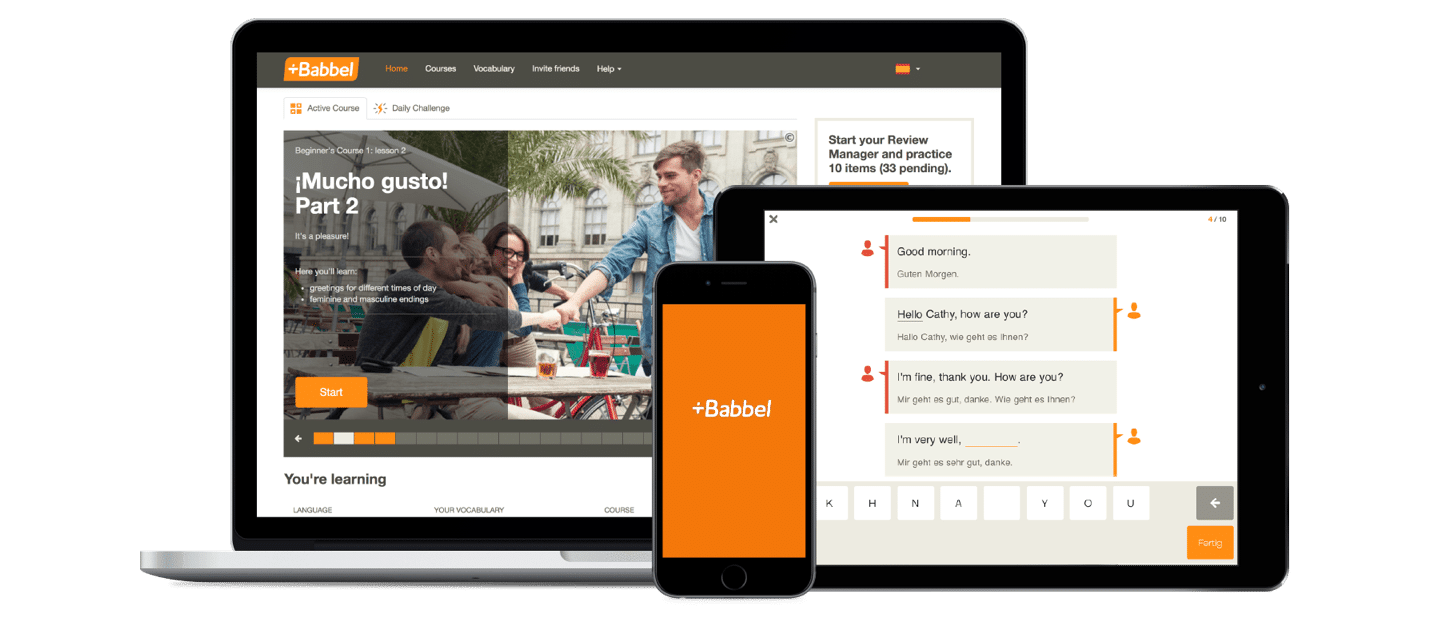
Babbel is a leading subscription-based language-learning platform with over 10 million users worldwide. Their business relies on turning free trials into long-term subscribers by guiding users through a consistent and motivating learning experience.
Challenge: Babbel faced the challenge of creating consistent, personalized engagement throughout a highly individualized digital journey. With users progressing at different speeds and choosing different languages, this approach failed to sustain long-term engagement or convert trial users effectively.
Solution: Using SAP Emarsys, Babbel connected customer behavior data from across its web, app, and email channels. This enabled dynamic segmentation based on learning stage, activity level, and content preferences.
Personalized lifecycle automations were created to re-engage lapsed learners, encourage milestone completions, and drive trial-to-paid conversion. And communications were delivered via coordinated email, in-app messages, and push notifications tied to user behavior.
Results:
- 25% increase in engagement among long-term users.
- +50% higher conversion rate when combining push notifications with email versus using email alone.
- Consistent communication across channels improved user retention.
Learn more: How Babbel delivered 1:1 Customer Experiences to Accelerate Revenue
Transform Customer Journeys into Lasting Growth With SAP Emarsys
With the right strategy and tools in place, your team can deliver the kind of personalized, consistent experiences that customers remember — and return for. Emarsys helps make that happen by bringing your channels together, anticipating behavior, and turning data into action.
Here’s what that looks like in practice:
- More conversions and stronger retention across every lifecycle stage
- Less busywork, thanks to automation that runs like clockwork
- Higher customer lifetime value, powered by personalization at scale
Want to see what’s possible?
Get a demo and discover how Emarsys helps brands create connected, high-impact journeys that drive real growth.
